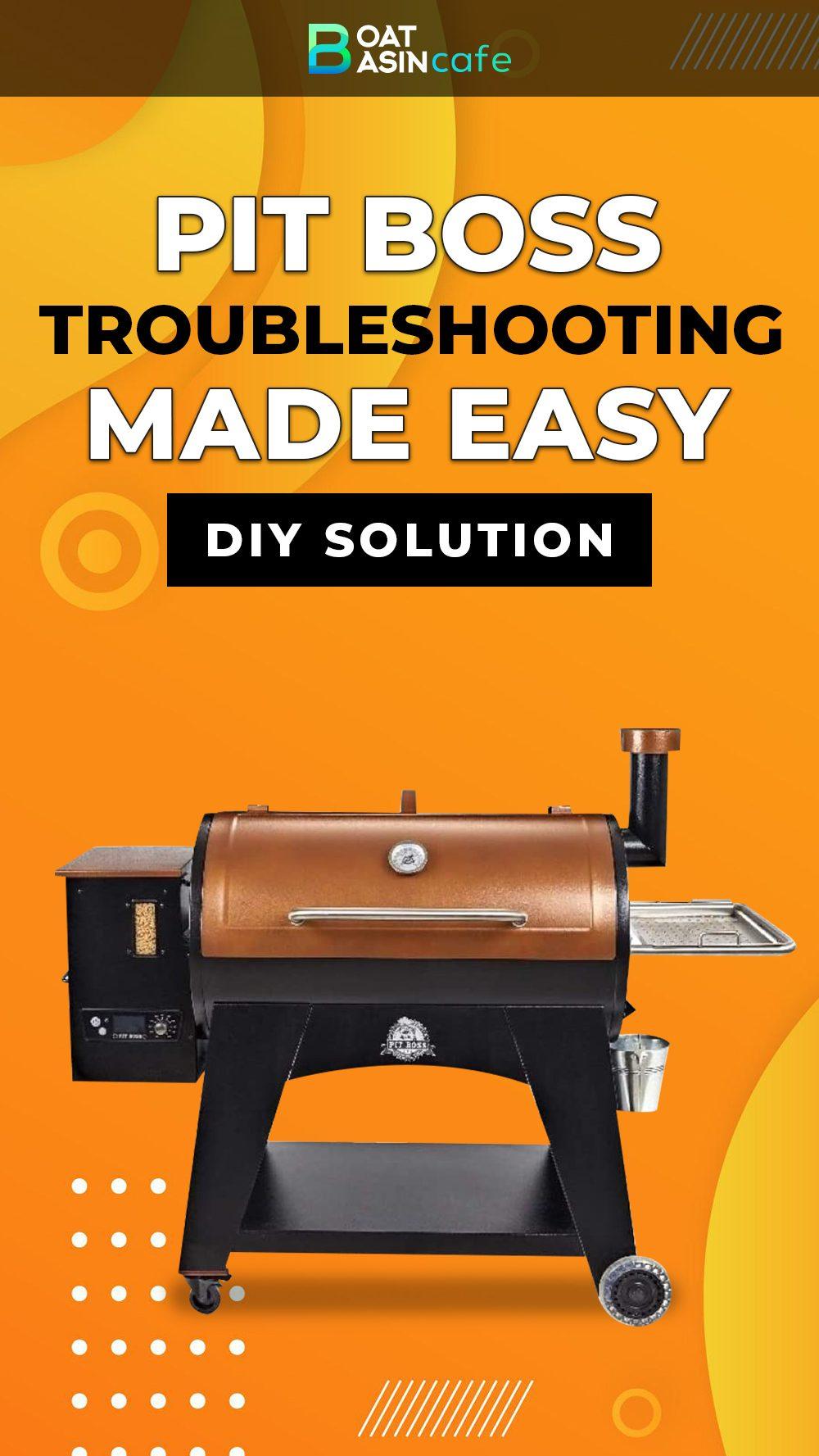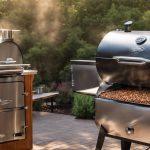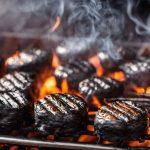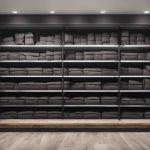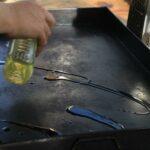Grill won’t start? Temps running wild? Weird error codes? We’ve all been there. Pit Boss problems can quickly turn a dream barbecue into a nightmare.
But don’t despair – this ultimate troubleshooting guide has the solutions you need! Our team of grill masters has compiled fixes for the most common issues faced by Pit Boss owners, covering popular models like the 700FB pellet grill and the vertical smoker series.
Inside, you’ll find simple step-by-step instructions to get your grill back to peak performance. We’ll tackle challenges like ignition failures, temperature fluctuations, error messages, and more. Plus, we’ve included essential maintenance tips to keep your Pit Boss running smoothly.
Quick Troubleshooting Guide
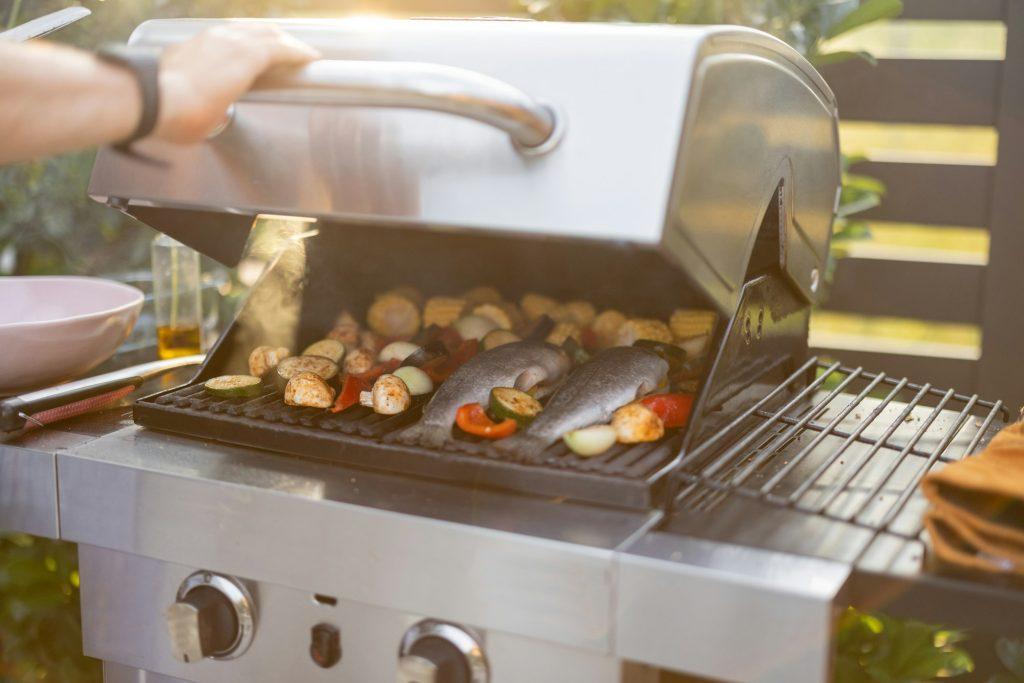
Grill Won’t Start
- Check power connection: Ensure grill is plugged in securely and outlet has power.
- Inspect wiring: Look for loose or damaged wires connected to the control panel.
- Reset breakers: Try resetting GFCI outlet or circuit breaker if tripped.
- Contact Pit Boss: If grill is new and under warranty, reach out to Pit Boss customer support.
Grill Won’t Ignite
- Check igniter: Look for physical damage or debris blocking the igniter. Test for continuity with a multimeter.
- Verify fuel quality: Use only dry, high-quality wood pellets. Avoid moist pellets or wood chips.
- Ensure gas supply (for gas models): Confirm tank is connected, valve is open, and lines are clear of blockages.
- Replace faulty parts: If igniter or other components are damaged, replace with manufacturer-approved parts.
No Smoke Coming from Grill
- Adjust temperature: Smoke production is best between 180-225°F (82-107°C). Set grill to “Smoke” or lowest temp setting.
- Use quality pellets: Choose 100% natural hardwood pellets designed for smoking. Avoid pellets with fillers or additives.
- Clean firepot: Clear any ash or debris blocking the firepot’s air holes, which can prevent proper pellet combustion.
- Check hopper: Make sure the pellet hopper is properly seated and that the auger is feeding pellets into the firepot.
Pit Boss Smokers Troubleshooting: Quick Fixes
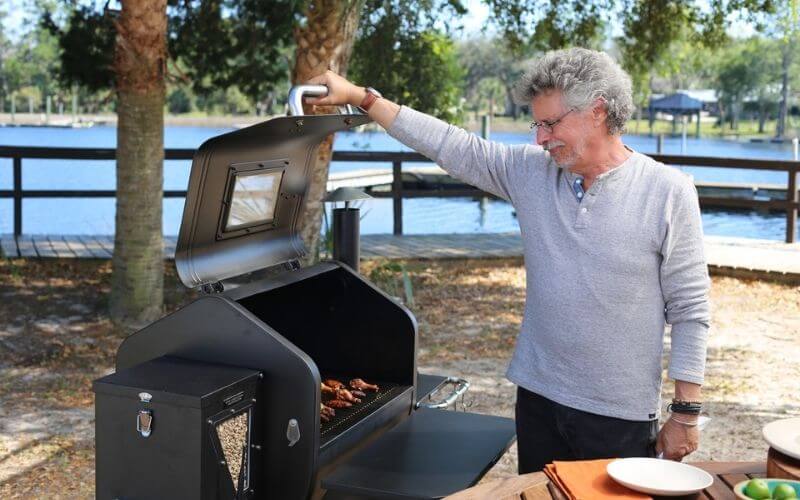
Types of Pit Boss Grills
There are several kinds of Pit Boss Grills. The main types are pellet grills and vertical smokers. Common problems happen with temperature, igniters and augers. This guide covers troubleshooting for all Pit Boss grill models. I provide tips to get your grill working again.
If you have a ‘Pit Boss not working’ situation, chances are it’s a minor blip that you can fix by yourself. Here is everything you need to know about Pit Boss pellet grill troubleshooting:
Grill Won’t Start:
If your Pit Boss grill is not turning on, several components could be at fault. Follow these detailed troubleshooting steps:
Verify power connections:
- Check that the grill is securely plugged into a working power outlet
- Inspect the connection wires and terminals on the grill and outlet for any looseness or damage
- Reset circuit breakers and test functionality of GFI outlets
Check control panel and igniter components:
| Part | Potential Issues | Solutions |
|---|---|---|
| Control panel wiring | Loose connections | Inspect wires and terminals, tighten |
| Igniter fuse | Blown fuse | Replace 5 amp igniter fuse |
| Igniter | Component damage or buildup | Examine igniter contact points, clean |
| Auger motor | Jammed | Remove debris jam |
Inspect internal components:
- Remove grates, grease tray and heat shields to access internal areas
- Check the fire pot for clogs or debris, ensure air holes are clear
- Examine auger motor wiring and components for jams or blockages
- Check combustion fan for obstructions and listen for abnormal sounds
Grill Won’t Ignite:
If your Pit Boss grill is failing to light, there are several key components to inspect:
Check igniter functionality:
- Examine the igniter wiring and endpoints for any loose connections
- Clean the igniter contacts with an abrasive pad to remove residue buildup
- Test the igniter by turning on the grill – listen and watch for sparking between contacts
Ensure gas supply (if applicable):
- Verify propane tank contains fuel and is fully opened
- Inspect rubber gas supply line for cracks/damage and confirm solid attachment at both ends
- Check for gas leaks on supply line and regulator using a spray solution test
Replace damaged parts:
- Swap out the igniter if it is cracked, overly corroded or fails to spark
- Only use genuine Pit Boss branded replacement parts to maintain safety
- If issues persist after component replacements, contact customer service
Other checks:
- Remove cooking grates/heat shields to access burner tube – clear any debris
- Ensure ventilation ports and fan intakes are clear of obstructions
Grill Doesn’t Produce Smoke:
If your Pit Boss grill fails to generate sufficient smoke, check the following:
Ensure correct temperature settings:
- Optimal temp for smoke production is 160°F to 225°F
- Adjust controller to Smoke, or lowest temperature setting
- Allow 10+ minutes for smoking temperature to stabilize
Inspect wood pellet quality:
- Use 100% hardwood BBQ pellets, no filler or binders
- Check pellets for moisture content and signs of breakdown
- Replace pellets after prolonged storage to maximize smoke
Examine smoke generator components:
- Clean out ash or buildup inside smoke generator box
- Ensure air intakes and louvres are fully open
- Check condition of smoke diffuser and chimney
- Confirm auger is feeding pellets if applicable
Consider controller adjustments:
- Increase P-Setting to extend pause time between pellet feeds
- This lengthens smoldering time for more smoke
For a complete take on the P settings on your Pit Boss pellet grill, check out the table below.
| “P”Set | ON | OFF |
| P0 | 18 | 55 |
| P1 | 18 | 70 |
| P2 | 18 | 85 |
| P3 | 18 | 100 |
| P4 | 18 | 115 |
| P5 | 18 | 130 |
| P6 | 18 | 140 |
| P7 | 18 | 150 |
Source: bbqgrillacademy
Grill is Too Hot on Smoke Setting:
If your Pit Boss grill is reaching excessive temperatures in Smoke mode:
Allow for warm-up period:
- Keep lid open for first 10+ minutes after startup
- Allows initial fuel surge to burn off before setting temperature
- After warm-up, smoking temp should be 180°F – 210°F
Adjust P-Setting to a higher value:
- Increasing P-Setting lengthens pause between pellet feeds
- This reduces amount of fuel and lowers temp
- Start at P4 setting and increase if still too hot
Ensure lid is fully closed:
- Seal any gaps around lid which can introduce extra oxygen
- Open lid only briefly to check food or replenish fuel
Check controller and probes:
- Controllers may overcompensate if readings are inaccurate
- Clean temperature probe and inspect wiring for damage
- Contact Pit Boss if controller displays very high temps
Pit Boss Grill Temperature Issues:
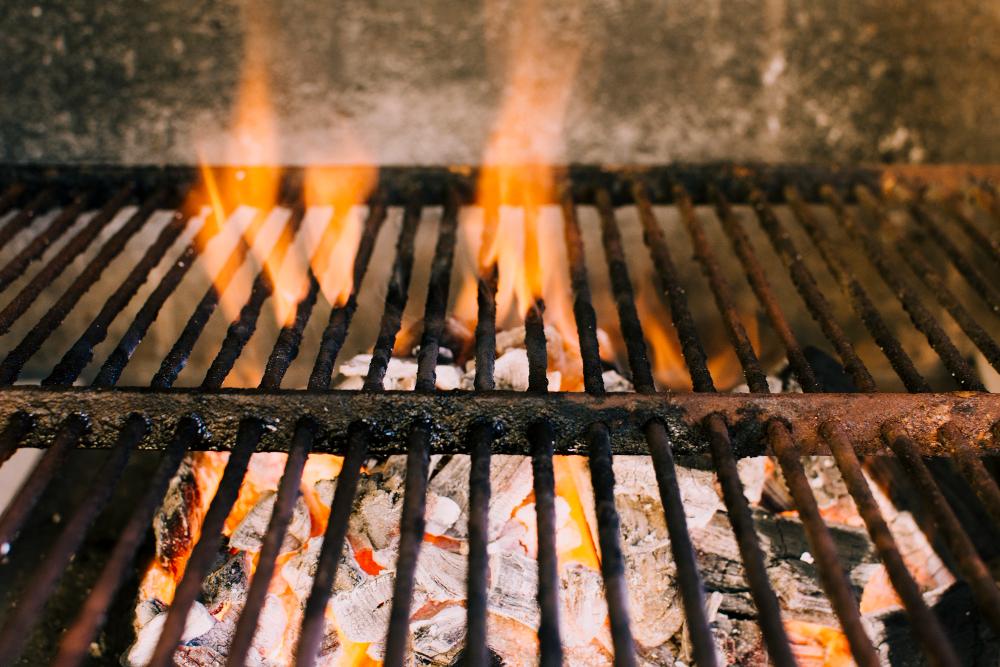
If your Pit Boss grill is having problems reaching or maintaining proper temperature:
Grill Temperature Too Low
- Clear fire pot: Remove any ash or debris blocking the fire pot’s air holes, which can restrict airflow and cause low temps.
- Check pellet quality: Use only dry, high-quality pellets. Moist or low-quality pellets can lead to poor combustion and low heat output.
- Inspect fan: Ensure the combustion fan is running smoothly and not obstructed. A faulty fan can limit airflow and temperature.
- Adjust P-setting: If using “Smoke” mode, try lowering the P-setting to increase pellet feed rate and temperature.
Grill Temperature Too High
- Clean grill: Excess grease and debris on the grates and in the barrel can cause flare-ups and high temps. Regularly clean your grill.
- Ensure lid seal: Check that the grill lid is closing properly and that the seal is intact to prevent heat from escaping.
- Verify temperature probe: Ensure the temperature probe is clean and properly connected. A faulty probe can cause inaccurate readings.
- Adjust P-setting: If using “Smoke” mode, try increasing the P-setting to decrease pellet feed rate and temperature.
Fluctuating Grill Temperatures
- Use a grill blanket: In cold or windy conditions, use an insulated grill blanket to maintain consistent temperatures.
- Monitor pellet level: Regularly check the pellet hopper and refill as needed to ensure a steady fuel supply.
- Check hopper seal: Ensure the hopper lid is fully closed and sealed to prevent outside air from affecting pellet feed.
- Test temperature probes: Clean the temperature probes and verify they are properly connected and functioning accurately.
Remember, if you’ve tried these steps and are still experiencing temperature issues, it’s worth checking your Pit Boss’s wiring and control board for any faults or loose connections. Consult your owner’s manual or contact Pit Boss customer support for further guidance.
Combustion Fan and Temperature Control
The combustion fan plays a vital role in maintaining the grill’s temperature. This fan circulates air within the grill, aiding the burning of pellets in the firepot. Proper air flow ensures heat is evenly distributed.

Common Combustion Fan Issues:
- Fan not working – Grill may not reach desired temp. Check wiring and restart.
- Noisy fan operation – Listen for scraping or rattling noises. May indicate damage.
- Unbalanced fan blades – Can cause fan to wobble and temperatures to fluctuate.
Troubleshooting Tips:
- Visually inspect fan for obstructions blocking blade rotation.
- Check condition of fan wiring and connections. Tighten if loose.
- Clear fan housing interior and combustion chamber of debris buildup.
- Test voltage output to fan while operating. Replace if low.
Temperature Control Issues:
- Clean temperature probes and probe wiring connections
- Ensure auger and pellet feed rate is consistent
- Replace damaged control board components
Temperature Shifts from Set Temperature:
Improper Flame Broiler Position
- Ensure flame broiler sits securely on all proper brackets
- Check that it is level and tilted slightly upwards on the right side for optimal air flow
Adjust Chimney Vent
- If temperature is too high, lower chimney cap towards closed position
- If temperature is too low, raise chimney to fully open position
Check if Flame Broiler Cover is Closed
- An open cover can impact convection and temperature regulation
- Ensure slide cover is fully closed during operation
Pellet Quality Issues
- Ensure pellets are 100% food-grade hardwood varieties
- Replace pellets if they have absorbed moisture or broken down over time
- Poor quality or irregular pellets lead to inconsistent temperatures
Weather Conditions
- Ambient temperature and wind can influence internal temp
- Use a grill cover when not in use to protect from elements
Err Codes on Display
If your Pit Boss grill displays an error code, don’t worry. These codes help you identify and fix problems quickly.
Here are the most common error codes and their solutions:
| Error Code | Meaning | Solution |
|---|---|---|
| ErH | High temperature error | Turn the grill off and let it cool completely. Clear any debris from the fire pot and ensure the grill isn’t overloaded with food. |
| ErP | Temperature probe error | Check the probe’s connection to the control panel. Clean the probe and replace it if damaged. |
| ErU | Unexpected power loss | Ensure the grill is properly plugged in and the outlet has power. If the issue persists, the wiring or control panel may need repair. |
| ErC | Temperature not reached | Check the pellet level in the hopper and refill if needed. Ensure the auger is feeding pellets and the hot rod is heating properly. |
| noP | Lack of fuel | Fill the hopper with pellets and restart the grill. If the auger isn’t turning, it may be jammed or need replacement. |
Remember, if you encounter an error code not listed here or the suggested solutions don’t resolve the issue, consult your Pit Boss owner’s manual or contact customer support for further assistance.
💁🏻♂️Troubleshooting Tips:
- Regularly clean your grill, including the temperature probe and fire pot, to prevent error codes caused by buildup or blockages.
- If an error code persists, try unplugging the grill, waiting 30 seconds, and then plugging it back in to reset the control panel.
- Protect your Pit Boss grill with a cover when not in use to prevent damage to electronic components from weather or debris.
- Always use high-quality, dry pellets to ensure optimal grill performance and minimize the risk of auger jams or other fuel-related issues.
Pit Boss Seasoning Guide
Seasoning your Pit Boss grill is a crucial step. It ensures your food has the best flavor and your grill lasts longer. Follow the steps below for an optimal grilling experience.
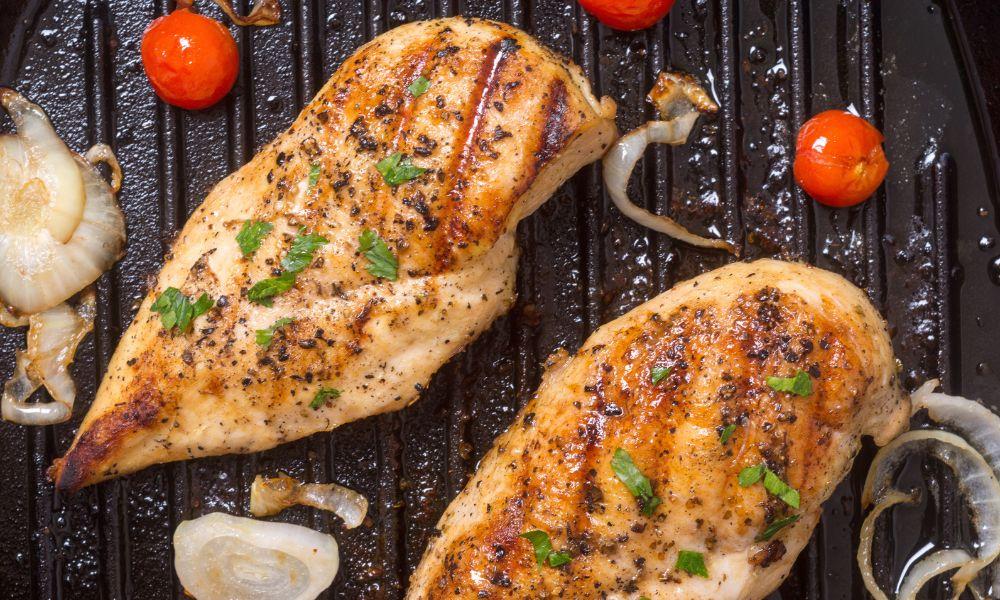
Initial Seasoning
For a new grill, an initial seasoning is necessary. Turn on the grill and set the temperature to 350°F. Let it run for 30 minutes. Then, turn up the heat to 450°F for another 30 minutes. This process burns off any manufacturing oils and prepares the grill for cooking.
Daily Seasoning
Before each use, apply a thin layer of cooking oil to the grates. Heat the grill for 5-10 minutes on a medium setting. This keeps the grates non-stick and ready for grilling.
Monthly Maintenance
Clean the grates, firepot, and interior surfaces once a month. After cleaning, apply a coat of high-heat paint to prevent rust. For the grates, use a food-safe lubricant or cooking spray for seasoning.
Using Wood Pellets
Quality pellets make a difference. Opt for hardwood pellets without fillers or additives. For poultry, fruitwood like apple or cherry works well. For red meats, hickory or mesquite offers a robust flavor.
Pit Boss Spice Rubs
Pit Boss offers a range of spice rubs to elevate your grilling game. For chicken, use the ‘Hickory Bacon’ rub. For fish, the ‘Lemon Pepper Garlic’ adds a tangy twist.
By following this guide, you can extend the life of your Pit Boss grill and ensure each meal is a masterpiece. Happy grilling!
🦺Safety and Risks
Using a malfunctioning Pit Boss grill presents various safety risks. These risks range from health hazards like carbon monoxide poisoning to fire hazards. Understanding and mitigating these risks can keep you and your loved ones safe.
Carbon Monoxide Risks
Carbon monoxide is a colorless, odorless gas that becomes dangerous in high concentrations. Exposure symptoms include headache, nausea, dizziness, and confusion. In extreme cases, it can lead to unconsciousness or death.
To prevent exposure, ensure proper ventilation for your grill. Always use your Pit Boss grill in open, well-ventilated areas. Never grill indoors or under enclosed spaces like a covered patio.
Fire Hazards
A malfunctioning grill can also create a fire risk. Excessive heat or a buildup of flammable materials like grease can ignite a fire. Regular cleaning and adhering to safety guidelines can minimize this risk.
Always monitor your Pit Boss grill when it is in use. Keep a fire extinguisher within reach. After using the grill, confirm it has cooled down completely before storing it.
Electrical Dangers
Electrical problems with your Pit Boss grill can lead to shocks. If you notice any electrical issues, immediately unplug the grill. Never try to fix these issues yourself unless you are a qualified electrician. Seek professional assistance for repairs.
Avoiding Food Contamination
A malfunctioning grill can cause food contamination, leading to foodborne illnesses such as E. coli and salmonella. If your grill isn’t maintaining the correct temperature, bacteria can grow on the food.
To avoid food contamination, monitor the grill’s temperature. Use a meat thermometer to check the internal temperature of your food. Always separate raw and cooked meat, using different cutting boards and utensils for each.
By paying attention to these safety guidelines, you can significantly reduce the risks associated with using a Pit Boss grill. Always prioritize safety to ensure a pleasant and risk-free grilling experience.
FAQs
01. What Does the P-Setting Mean on Pit Bosses?
The “P” setting means PAUSE. When the “P settings” are increased, you increase the pause time between pellet cycles. Doing so can result in additional smoke because you are holding onto pellets for a longer time, and this results in a lower temperature as well.
02. How Will I Know It is Time for a Pit Boss Fuse Replacement?
Barbecue starter repair: If your grill isn’t starting up or igniting properly, you may have a blown fuse that needs replacing. This video will show you how to replace the fuse yourself.
03. What Should I Do if My Grill Fan isn’t Turning?
Check the fan blades for any obstruction, as blockages prevent the fan from turning. You may also need to check to make sure your unit is getting enough power.
04. How Frequently Should I Clean My Pit Boss Grill?
Your grill should be gently cleaned and maintained after each use. Deep cleaning your pit grill needs to be carried out after you have used up a bag of pellets.
05.Why is my pellet grill running too hot?
Excess temperatures in your Pit Boss grill are commonly caused by grease buildup on the grates/heat shields. Thoroughly clean these components to prevent flare ups. Also check that the lid is completely closed and avoid prolonged high-heat cooking which can overwhelm the system.
06.Why does my Pit Boss temperature fluctuate so much?
Temperature variations outside, direct wind, and cold weather can lead to grill temp fluctuations. Keep your Pit Boss protected from elements when not in use. Also examine the pellet quality – irregular pellets burn erratically. Clean probe connections and test your grill controller components if swings persist.
07. Why is my Pit Boss getting too hot on the smoke setting?
The initial start-up can produce excess fuel and heat on the smoke setting before the controller balances out. Leave the grill lid fully open for the first 10+ minutes after igniting it to allow excess pellets to burn off. Then running temps should be in the 180°F – 210°F range.
08. Why is my pellet grill not getting hot enough?
If your Pit Boss can’t reach or maintain desired temp, there may be an airflow obstruction in the fire pot or combustion fan. Ensure the interior burn pot and convection fan are cleaned out and free of debris. Also check your pellet quality and auger operation to confirm consistent fuel supply.
In a Nutshell
If you are facing Pit Boss pellet grill problems, you don’t have to wait for a mechanic to come to fix things. Instead, take matters into your own hands. This Pit Boss troubleshooting guideline will come in handy no matter what issue you are facing.
Knowing how to handle the various hiccups your grill might be going through makes barbecuing and cookouts much easier to handle. No need to stress over a blocked augur or faulty fan, you know what to do! So, find out what’s wrong, fix it, and carry on with your grilling.
References:
More Related Articles:
Pin Later
